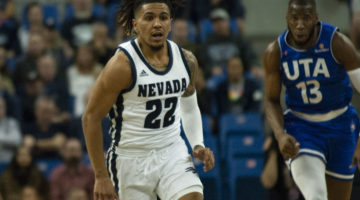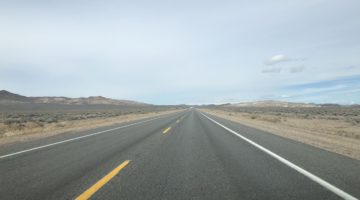
As the adult obesity rate continues to rise in the nation, Nevada ranked ninth for the lowest obesity rate but has the twenty ninth highest obesity rate in children ages 10 to 17.
Nevada’s adult obesity rate is currently 26.7 percent, up from 16 percent in 2000, according to The State of Obesity.
Obesity is defined as abnormal or excessive fat accumulation that presents a risk to health. One in four people are considered medically obese in Nevada. Currently, Nevada ranks the ninth-lowest for obesity rates in the nation.
According to the Behavioral Risk Factor Surveillance System data, West Virginia currently has the highest obesity rates in our nation. Approximately 38 percent of adults are obese.
The Nevada Obesity Prevention and Control Program was made to reduce and prevent obesity by changing behaviors that can lead to unhealthy lifestyles. This program makes an effort to promote healthy eating habits and an active lifestyle. This effort is statewide and has set standards in education centers and worksites by offering healthier food options and increased time for more of an active working environment.
According to The Harvard Gazette, television has a large impact on the culture surrounding obesity. The Gazette made the claim that people tend to snack more while watching television. Obesity has continued to climb since 1985.
Obesity accounts for approximately 18 percent of deaths in our country and as this number continues to increase, the impacts of this disease have become more and more apparent to doctors and medical professionals. Obesity affects every organ in a person’s body and often leads to a lower quality of life.
A study that was conducted by the American Psychological Association explained before the obesity epidemic, about half of U.S. students walked to school. This number has changed drastically throughout the years. Today, less than 15 percent of students walk or bike to school.
Julia Bell can be reached at tkjohnson@sagebrush.unr.edu or on Twitter @NevadaSagebrush.












